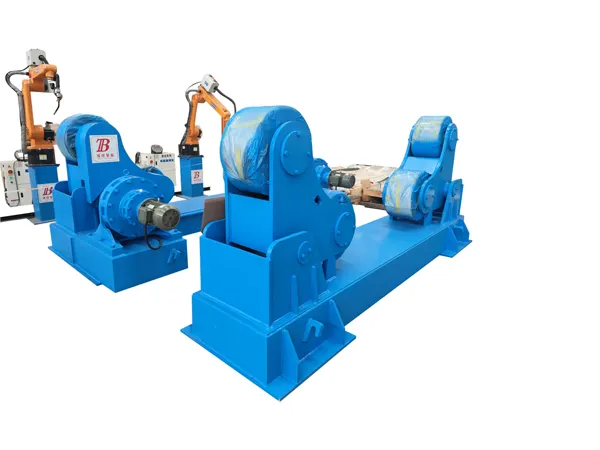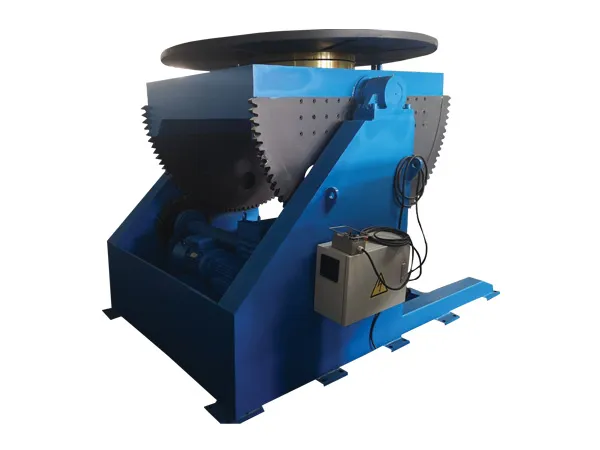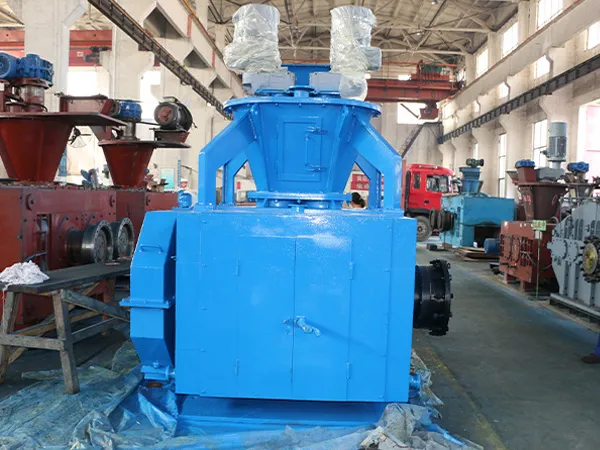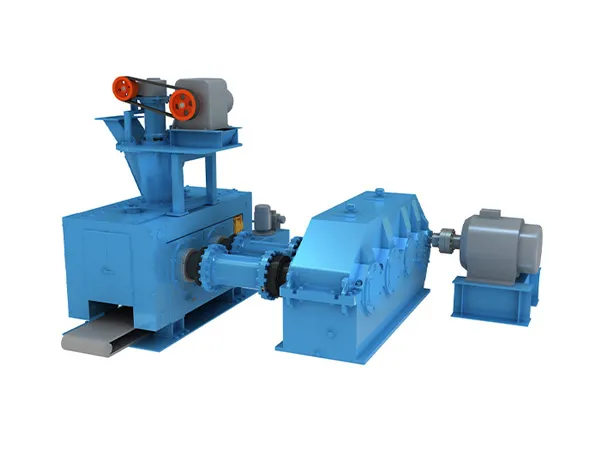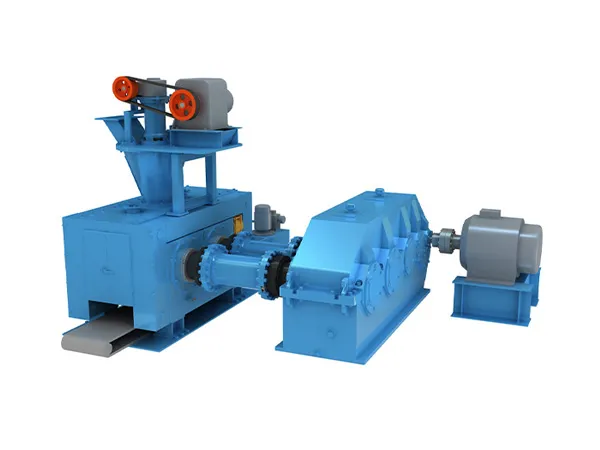UNA posicionador de soldadura significantly improves welding efficiency, calidad, and safety by rotating and tilting workpieces into optimal positions for the welder. Choosing the right one requires careful consideration of your specific needs and projects.
How to Choose a Welding Positioner

1. Capacidad de carga:
que es: This is the maximum weight the positioner can safely and effectively handle while rotating and tilting. It’s arguably the most critical factor.
How to determine your need:
Weigh your heaviest workpiece: Use a scale or consult design specifications.
Factor in fixturing: Include the weight of any jigs, abrazadera, or tooling used to secure the workpiece to the positioner.
Add a safety margin (essential!): Overestimate your weight requirement by at least 20-30%. This accounts for potential inaccuracies, future heavier projects, and extended equipment life. It’s better to have too much capacity than not enough.
Consequences of underestimating:
Damage to the positioner: Premature wear and tear on motors, engranajes, y rodamientos.
Unstable operation: Jerky movements, difficulty maintaining position, and potential tipping.
Safety hazard: Risk of workpiece falling or causing injury.
Types of Load Capacities: Positioners have two common load capacity ratings:
Horizontal Load Capacity: The maximum weight that can be supported when the table is in a horizontal position (0 degrees tilt). This is usually the highest load capacity.
Vertical Load Capacity: The maximum weight that can be supported when the table is in a vertical position (90 degrees tilt). This is usually less than the horizontal load capacity because the cantilevered load puts more stress on the system.
Key takeaway: Calculate the total weight accurately and always add a safety margin to ensure safe and reliable operation.
2. Rpm (Rotation Speed):
que es: This refers to the rotational speed of the positioner’s table, measured in revolutions per minute (Rpm).
How to determine your need:
Proceso de soldadura: Different welding processes require different speeds. Por ejemplo:
Gtaw (Tig) & Gawn (A MÍ) on thin materials: Often require higher RPMs for faster, more consistent welds.
Marea (Stick) & SIERRA (Soldadura de arco sumergido) on thick materials: Typically need lower RPMs for slower, controlled deposition.
Workpiece diameter: Smaller diameter workpieces need higher RPMs to achieve the desired surface speed for welding. Larger workpieces need lower RPMs.
Desired travel speed: Think about how fast you want the weld bead to move. RPM is directly related to travel speed. A slower RPM will result in a slower travel speed. A faster RPM will result in a faster travel speed.
Operator skill: Experienced welders might prefer faster rotation speeds, while beginners may benefit from slower, more controlled movements.
Adjustable RPM is crucial: Look for positioners with a variable speed control to fine-tune the rotation based on the specific application. Consider a wide RPM range for maximum versatility.
Key takeaway: Consider your welding process, workpiece size, and desired travel speed to determine the appropriate RPM range for your positioner. Variable speed control is highly recommended.

3. Tilt Angle:
que es: This refers to the range of angular movement that the positioner’s table can achieve. It’s measured in degrees from horizontal (0°) to vertical (90°) or beyond.
How to determine your need:
Workpiece geometry: Complex shapes and multi-faceted assemblies often require a wider tilt angle range to access all weld joints comfortably.
Welding position requirements: Some welding codes or specifications may dictate specific welding positions (departamento, horizontal, vertical, arriba). The tilt angle must be sufficient to achieve these positions.
…
For more detailed information on welding positioner selection, por favor haga clic aquí: https://www.bota-weld.com/en/a/news/load-capacity-rpm-and-tilt-angle.html

